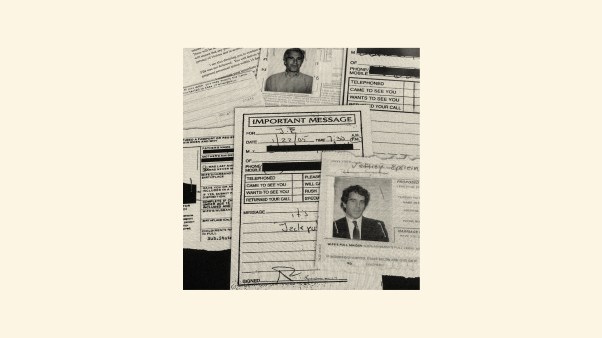|n 1975, a 23-year-old Bill Hybels made room in his busy schedule as a college student and youth minister to plant a church in suburban Chicago. Put off by what he perceived as staleness in traditional churches, Hybels envisioned a church that could speak to the contemporary concerns of suburban professionals like himself.
With the encouragement of a visionary Bible professor and the help of some like-minded friends, Hybels began renting a movie theater on Sunday mornings to house his dream. Within a year, his small fellowship of 150 high schoolers had exploded into a congregation of 1,000 youth and adult believers; within three years, they were at 3,000. Willow Creek Community Church had arrived.
Today, Willow Creek’s 15,000 attenders still sit in theater seats, but they are now under the roof of a 352,000-square-foot building (which is almost entirely paid for) located on a 120-acre campus in the upscale Chicago suburb of South Barrington.
Willow Creek does not look like “church.” There are no crosses, steeples, or stained-glass windows. And the church’s weekend “seeker services,” geared to attract the unchurched, dispense with reciting creeds or using hymnals and employ professional-quality drama and contemporary Christian music.
Because of Willow Creek’s size, the church’s leaders feel participation in small groups is essential to the spiritual support of its members. And in keeping with its megachurch status, Willow Creek is loaded with specialized ministries for virtually every need among its believers: programs for four age divisions of youth, three categories of single adults, married couples, divorced persons, single parents, and physically and mentally challenged individuals, as well as outreach services to the homeless, the poor, and prison inmates, are just a few of the selections from the church’s huge and diverse menu.
Willow Creek’s success has not gone unnoticed. Three times a year, the church sponsors a conference at which 500 church leaders gather to see how it is done. And in 1992, Hybels and his church elders formed the Willow Creek Association—which currently has a membership of over 700 churches—to provide support to other seeker-sensitive congregations.
Bill Hybels says Willow Creek is simply following the pattern of the first-century church. In the meantime, hundreds of twentieth-century churches are: eager to follow the pattern of Willow Creek.
Copyright © 1994 Christianity Today. Click for reprint information.
ctjul94mrw4T80185619









